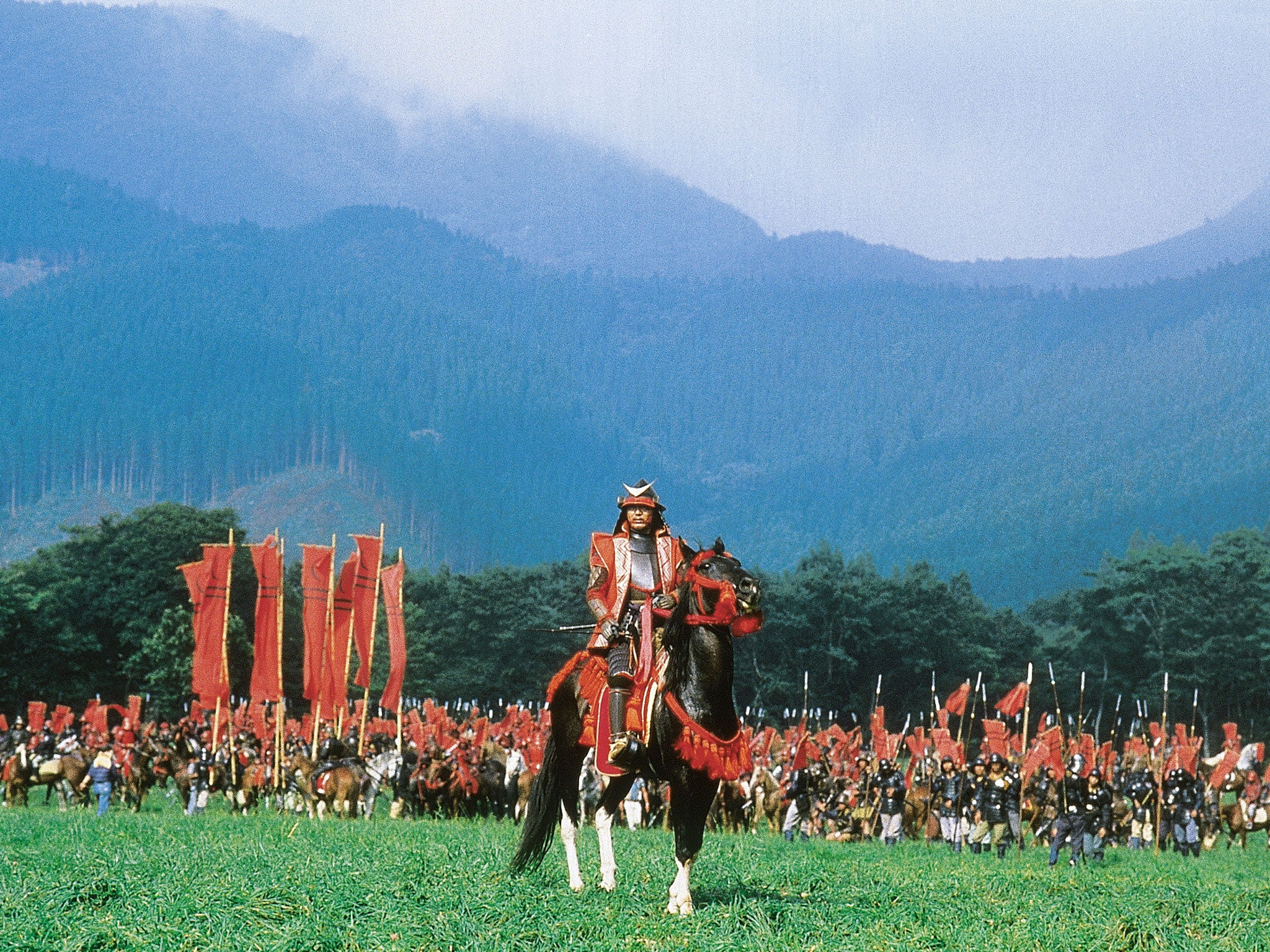Here's how you can make Shakespeare's stories your own; week in books

To what degree is an adaptation its own invention? Akira Kurosawa did not immediately know that his King Lear-inspired 1985 epic, Ran, was inspired by King Lear. The original adaptation sprang from the Japanese parable of Morikawa, a 16th-century feudal warlord and his three sons living through the civil wars. Some of the same themes float around that drama – the treachery of power; the provisional nature of our identities and how quickly they can be unpinned; filial betrayal or loyalty and the epic sorrows of the human condition, with mortality looming for – and denied by – each of us.
So when he embarked on making the film, Lear was not in the mix. It was only at the planning stage that Kurosawa began to see Lear emerging, and merging too with the Japanese fable in an inexplicable way. This begs questions. Where does the story of Morikawa end and Lear begin? And where does it leave the concept of adaptation if it is not a conscious decision? Is the film, in fact, more about Kurosawa than Shakespeare?
The late American film critic Roger Ebert thought so when it was first released. He wondered if it “may be as much about Kurosawa’s life as Shakespeare’s play”. By the ‘80s, Kurosawa was established as a heavyweight, having made more than 20 films. Yet in the previous two decades getting films out to audiences had become a struggle for him, and the competing force of Japanese television might have made him feel his star was on the wane. How Lear, but also, how not-Lear. Ebert’s is an interesting idea – that in the end adaptation might return us to creative autobiography of a kind, even if in hindsight.
We can watch Kurosawa’s beautiful classic next month when it is restored and re-released to tie in with Shakespeare’s 400th anniversary. Having watched an early screening, I spotted the inventions within the adaptation, though whatever changes Kurosawa made, Shakespeare would have approved. His plays, bar few, were adaptations in themselves; invention, as I have said previously in these columns, lay within kinks of the old, inherited stories. King Lear existed before Shakespeare’s King Lear, but the Bard made it his.
And yet we still find the idea of transforming classic texts wrenching, as Andrew Davies’s War and Peace reminded us, with the incestuous relationship between Anatole and Hélène Kuragin and the love affair between Boris and Hélène. Perhaps if he had renamed it, we would have been less squeamish. And I wonder, even with its renaming, how resistant we will be to Tracy Chevalier’s adaptation of Othello when it is published next year. She is rewriting it in novel form as part of Hogarth Shakespeare Retold. Its reimagining might make the greatest waves of the series, possibly because it is set in 1970s America, when colour and mixed race romance was still openly judged by pre-Civil Rights-era racism, but also because of the place America is in right now, post-Charleston. Chevalier tells me that the book will be called Black Boy, and her Othello will be just that: an 11- year-old Ghanaian kid called Osei, who appears in the playground at an American, all-white school. The five acts take place across one day and Desdemona, here an 11-year-old called Dee – “does not necessarily need to die”.
Chevalier would know all about adaptation from the receiving end: she was famously relieved when the story of Girl with a Pearl Earring played out faithfully in film. She is certain, though, that Shakespeare would be gracious on his receiving end; we are, she thinks, allowed to play around with his scripts, not least because he restlessly played around with them himself. The proof is in the folios.
Does this ‘playing around’ lead to a dilution of Shakesepeare? Ran and Black Boy are still King Lear and Othello, as well as being Kurosawa and Chevalier. Chevalier’s central subject might appear far removed from autobiography: he a black boy, she a white woman. Yet isn’t there the occupation of a mutual “outsider” space, his by race, hers more nebulously, by being an American migrated to Britain? These adaptations are inescapably and incontrovertibly Shakespeare, despite the inventions sculpted onto them. And yet, Ebert’s words on Kurasawa might apply to more than Kurasawa; reworkings, however faithful or iconoclastic, have as much to do with the person making an old story new, because they are making the old story their own in the process.
Subscribe to Independent Premium to bookmark this article
Want to bookmark your favourite articles and stories to read or reference later? Start your Independent Premium subscription today.

Join our commenting forum
Join thought-provoking conversations, follow other Independent readers and see their replies